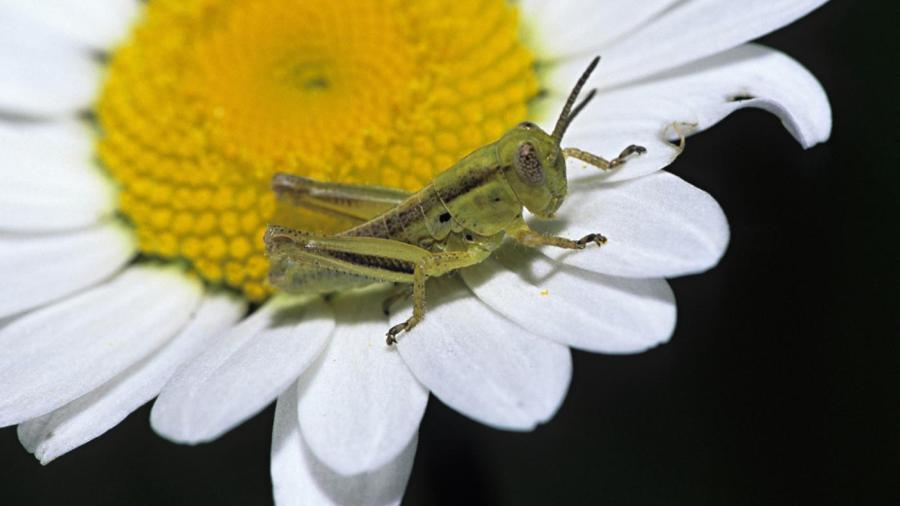What Are the Stages in the Life Cycle of a Grasshopper?

The stages in the life cycle of a grasshopper are egg, nymph and adult. The nymph is almost indistinguishable from the adult, but it is much smaller. As the young nymph grows, it sheds its exoskeleton in a process called molting. Nymphs are unable to bear young and have slightly different wings containing non-functional wing pads.
Grasshoppers are vulnerable to various predators during each stage of their life cycle. Wasps, moles, toads and snakes, among many others, feed on the eggs. Nymphs and adults are attacked by toads, snakes and birds.
The process of growing from an egg to a nymph to an adult is called incomplete metamorphosis. In addition to grasshoppers, true bugs, cockroaches, termites, praying mantises, crickets and lice all go through incomplete metamorphosis. More highly developed insects go through four stages in their life cycle, which is called complete metamorphosis. These stages are egg, larva, pupa and adult. Insects in the larva phase look very different from the adults. They consume different food sources and are not in direct competition. During the pupa stage, the internal organs are broken down and reformed into the adult body. The adult insect then emerges from the pupal case. Butterflies, moths, bees, wasps, true flies and beetles go through these stages of the life cycle.





